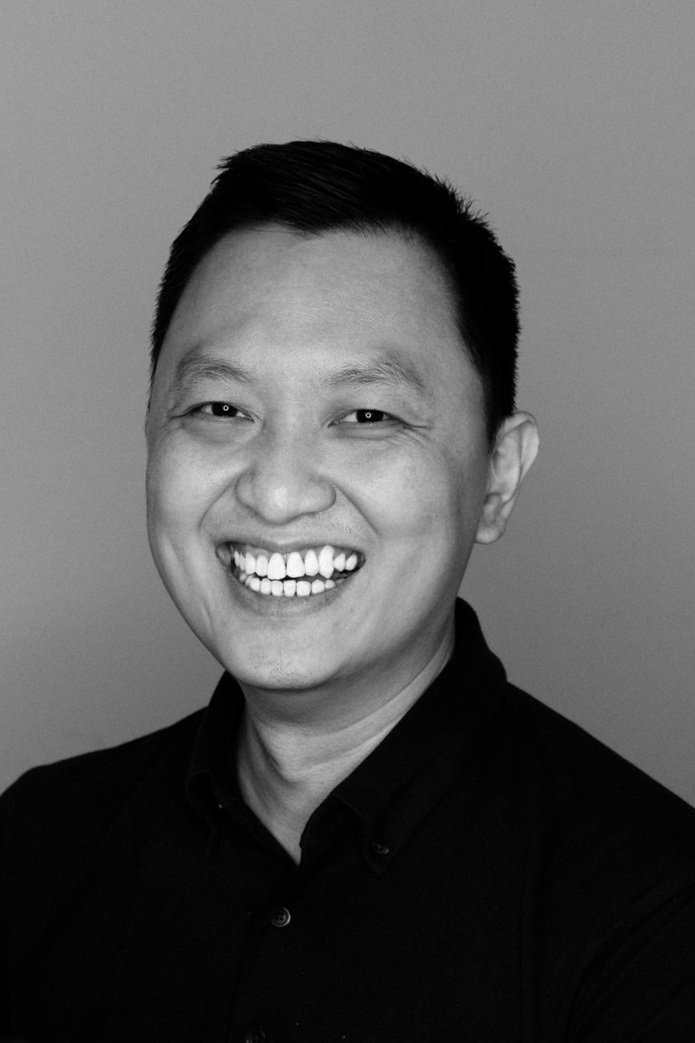George Wong of The Sandbox Is Imploring SE Asian Web3 Game Studios to Use Its $262 Million Dev Fund
The Sandbox has $300 million to give away to game studios with an emphasis on startups in South East Asia

Above: George Wong
Correction: This story was corrected on Sept. 27, 2022 to clarify that the developer fund is denominated in SAND, the cryptocurrency native to the Sandbox, and not in U.S. dollars.
George Wong has 300 million SAND, the cryptocurrency that fuels The Sandbox metaverse, that he desperately wants to give away to web3 game makers. At the current value of 87 cents, that’s about $262 million.
As the growth lead in Malaysia for Sandbox, a virtual gaming world where users can own and monetize their playing experience, it’s now Wong’s mission to bring Singapore along as The Sandbox hopes to engage with its web3 ecosystem and build out the firm’s presence in its neighbor to the south. To that end, The Sandbox recently announced a partnership with Singapore’s DBS Bank to tap into the self-identified regional metaverse to engage with its web3 ecosystem and build out The Sandbox’s presence in the market.
“Malaysia, Singapore, Thailand, Indonesia and the Philippines represent a significant number of landowners in The Sandbox, despite The Sandbox having very few official representatives on the ground in these markets,” Wong recently told me. “I would like to see more creative studios in our region, particularly from Malaysia and Singapore collaborate with The Sandbox through our fund.”
Billions up for grabs
The Sandbox joins other virtual metaverse worlds like Decentraland and Voxels (previously CryptoVoxels) that are competing to lure luxury brands, celebrities and web3-hip corporations to their worlds. Revenue from virtual worlds could grow from $180 billion in 2020 to $400 billion in 2025, according to Grayscale Research (Grayscale offers an investment vehicle for mana, the cryptocurrency native to Decentraland).
Grayscale believes “revenue models are shifting away from closed games where consumers pay game companies, to open metaverse economies, like Decentraland, where consumers transact on peer-to-peer secondary marketplaces.”
Then there are virtual land sales that have seen skyrocketing prices in recent years, before pulling back with the rest of the crypto downturn. Luxury brands like Dolce & Gabbana have leapt into metaverse worlds for the opportunity to sell wearable NFT-based fashion.
So what about that $262 million? That’s the amount The Sandbox’s Game Maker Fund has to offer game designers who want to co-create engaging user experiences with virtual landowners and major brands. The problem, as Wong pointed out, is that compared with the other markets in South East Asia, very few Malaysian and Singaporean creative studios have made use of the fund.
Get playing
“Right now, one of the main drivers for me is to get more startups to join the ecosystem,” he said. “The Game Maker Fund is highly underutilized in this region. We don't have enough experiences coming out of South East Asia, as much as I think there should be. This fund is enabling even the smallest of companies to start collaborating with the biggest of brands.”
There have been some mixed reactions, he said. Some design studios don’t wish to be creatively limited by voxels - the visually blocky or pixelated style that The Sandbox uses which is similar to other metaverses like Voxels or games like Minecraft and Roblox.
He noted that artists can also use The Sandbox to showcase art, music or creative media “as it actually looks.” Those digital representations can then be sold as non-fungible tokens, or NFTs. “The Sandbox in time will become a full ecosystem and the creative community is critical for this,” he said.
Read more: GameFi DAO Play It Forward Wants to Help Underserved South East Asians Go All In on Play to Earn Dapps
The Sandbox has some powerful partners in its quest, including the Bored Ape Yacht Club, CloneX and World of Women, which together represent over 140,000 NFT owners.
While traditional gamers have been quite vocal against web3 token-gated participation, especially in the emerging play-to-earn space, Wong said that entry to The Sandbox isn’t limited to those users who own the NFTs.
“Everybody can join our latest experiences now by entering the space with our generic avatars,” he said. “The Sandbox is one of the earlier projects to realize that you cannot limit your projects based on the number of NFTs you sell. You need to allow everyone to play.”

